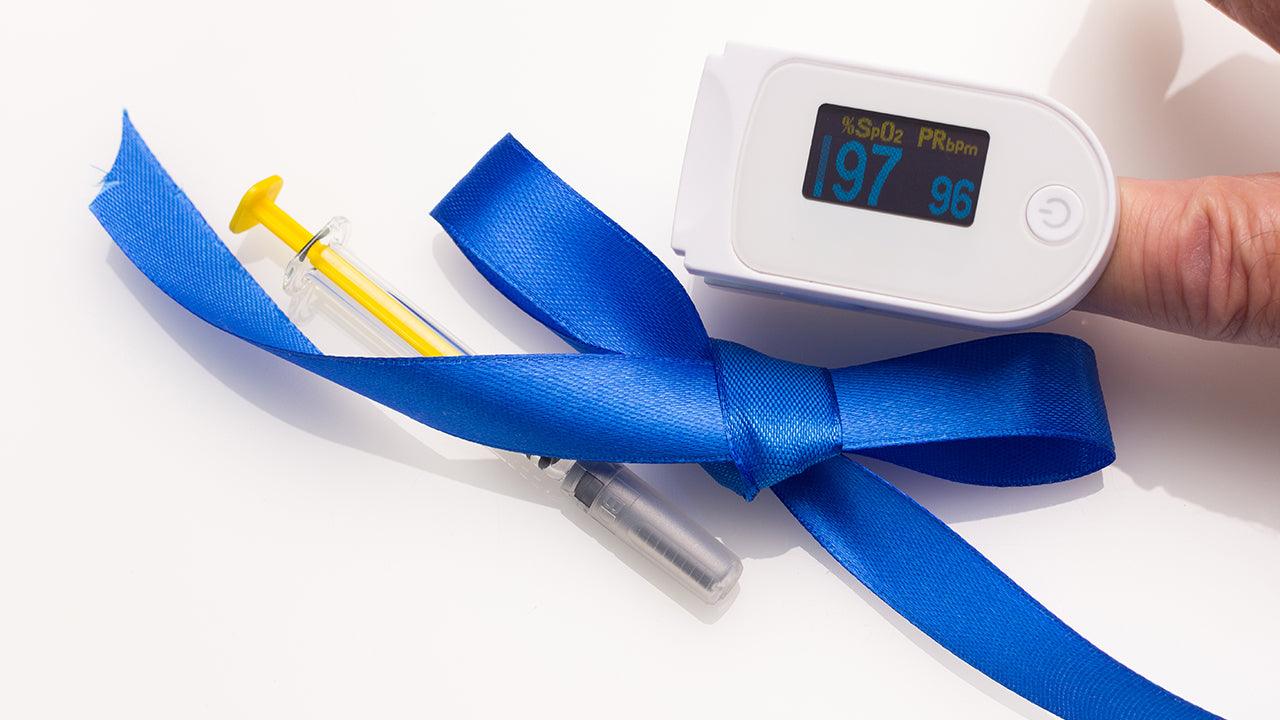
Blood oxygen is the measure of the amount of oxygen being carried by red blood cells in your blood. The human body closely regulates your blood oxygen levels, enabling you to be efficient.
Ensuring that your body gets enough oxygen to function at optimal capacity, it constantly strives to maintain the delicate balance of oxygen-saturated blood. From addressing general wear and tear, supply of daily energy, to boosting immune function - blood oxygen is indicative of the state of your circulatory system and lung capacity.
Measuring blood oxygen

An increase in the demand for an oximeter to measure the level of blood oxygen has led to technology and innovation driven industries stepping into the health frontier.
Smart devices such as smartwatches with a blood oxygen sensor, are addressing the very same need, while being packaged in a much more inviting aesthetic. This has led to an increasing number of people opting for such wearable technology to track their fitness and assess general health.
Striking the balance

The measurement of blood oxygen, known as your oxygen-saturation level, is essential to look for early signs of a future health problem. A healthy person’s blood oxygen can measure anywhere between 75 to 100 mm Hg (millimetres of mercury)
If your blood oxygen falls below 60 mm Hg, it is considered to be low, in which case consulting a doctor or opting for oxygen rich foods and supplements, may be beneficial.
A reading excessively high is not very frequent, and may occur if you are using assisted supplemental oxygen.
Identifying the symptoms

Taking note of early cues for speedy treatment, and recovery can be the answer to long term good health. A number of these symptoms can be warning signs of lowering blood oxygen.
-chest pain
-shortness of breath
-rapid heartbeat
-confusion
-headache
-restlessness
-high blood pressure
-sense of euphoria
-dizziness
-lack of coordination
Low oxygen levels and such persistent triggers must be addressed if the symptoms continue. This could be a sign for cyanosis which can be identified by a blue discoloration on the bed of your nails, skin and mucus membrane.
Taking appropriate action

If you have been recently diagnosed with the following disorders, and are witnessing lowered blood oxygen, a lack of addressal may hamper lungs from adequately inhaling O2 and releasing CO2, in the long term.
Take note of your blood oxygen with a smart wearable or an ABG, if you suffer from any of the following conditions.
-acute respiratory distress syndrome
-collapsed lung
-pulmonary embolism
-congenital heart effects
-heart diseases
-asthma
-chronic bronchitis
If there has been a fresh wave of COVID-19 in your city, keeping an eye on your blood oxygen levels at home, is a proactive way to take charge of your health.
Improving blood oxygen levels

While a doctor’s recommendation may be needed if you are suffering from any severe symptoms, certain lifestyle changes can restore your blood oxygen levels.
Regular exercise: Rather than lifting weights - opt for running or cycling to improve your lung capacity and blood flow. Short power workouts once or twice a day are great to juice up your blood with flowing oxygen.
The right diet: A diet rich in fruits and vegetables with high citrus and water content can be beneficial. Apart from oxygenating your blood, moisture rich food can boost the flow of circulation, while nourishing your lungs.
Lifestyle changes: Smoking leads to the accumulation of carbon monoxide in your blood, which along with oxygen is pumped to the rest of your body. Even passive smoking interacts with your blood in the same way, hampering long term blood flow.
Breathing exercises: Meditation and deep breathing can invigorate the respiratory system, improving overall blood flow. Light stretching and yoga can also complement in restoring blood oxygen levels.
what’s sildenafil tablets
generic viagra 100mg
viagra eye problems
the story of viagra generic viagra soft viagra and insomnia